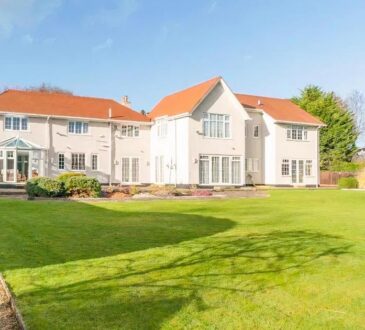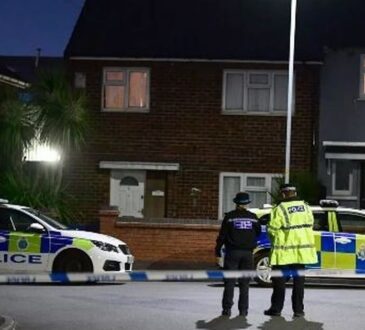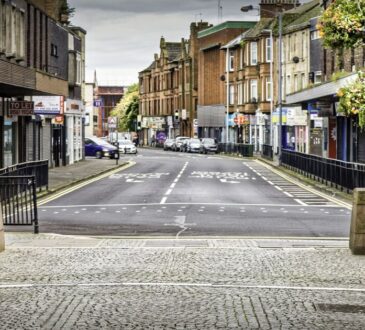
But as rates stabilised and activity started to pick up, it’s smaller homes that have recorded the strongest increases in price growth in the early part of this year, as buyers adjust their expectations to compensate for higher borrowing costs, as well as coping with the general cost of living squeeze.
Key to this has been a resilient first-time buyer market. While the overall number of first-time buyers is lower than recent years, they made up 53% of all homes bought with a mortgage in 2023. That’s the highest proportion since 1995.
It’s smaller properties that are of most interest to those stepping onto the ladder for the first time, with flats and terraced houses making up 57% of all homes purchased by first-time buyers last year.
However this varies hugely by region. For example in London, which has the highest average property price in the UK by some margin, flats and terraced homes account for 90% of all first-time buyer purchases.
–
Flats: The switch in demand among buyers – reversing the ‘race for space’ which was such a dominant feature of the pandemic-era housing market – has seen prices rise most quickly for flats at the start of this year.
Annual growth reached +2.7% in February, or £4,290 up over the last year, having sunk to -5.9% last autumn. The average price paid of £163,016 is just £5,551 below the peak price recorded for flats in August 2022.
At a regional level Scotland saw the strongest growth in prices for flats over the last year, rising by +5.9% (£6,489) to sit at £116,477.
Such has been the demand for smaller properties that only one UK region saw a decrease in flat prices over the last year, falling by -2.9% in Yorkshire and Humberside.
Looking further back, at a national level flats remain +11.9% (£17,349) above pre-pandemic levels, with East Midlands posting the biggest gains (+18.7%, £20,923) of any region.
–
Terraced houses: The trend for smaller homes is also seen in houses, with the average price paid for terraced properties growing by +2.6% (£5,643) over the last year, now standing at £224,173.
The North East has seen prices for terraced houses rise the most on an annual basis, up by +7.6% (£8,938).
Looking at the longer-term trend, the average price for terraced homes is up by +20.5% (£38,090) over the last four years.
–
Semi-detached houses: With demand for larger properties easing, semi-detached houses have seen the weakest annual growth over the last year, rising by +1.7% (£4,797), with the average price paid now £295,199.
Once again the North East saw the biggest increase in average price, up by +5.9% (£10,381) annually.
However three regions saw average prices for semi-detached properties fall: Eastern England (- 1.3%), Greater London (-1.2%), and the South East (-0.8%).
Since March 2020 average prices for semi-detached homes are still up by +21.4% (£51,950).
–
Detached houses: At the top end of the size scale annual growth for detached houses hit +2.0% (£8,853) in February, with an average price of £451,655.
Yorkshire and Humberside recorded the biggest increase in detached house prices of the last year, up by +5.0% (£17,300).
Detached homes still maintain the biggest increase in average house price of any property type over the last four years, up by +23.9% (£87,034).
–
Amanda Bryden, Head of Halifax Mortgages, says: “It’s important not to gloss over the challenges facing the UK housing market, given the impact of higher interest rates on mortgage affordability, coupled with a continued lack of supply of new homes. But scratch beneath the surface and there is a more nuanced story, one which shows that demand for different property types in different parts of the country can vary hugely.
“As interest rates have stabilised and buyers adjust to the new economic reality of owning a home, one way to compensate for higher borrowing costs is to target smaller properties. This is especially true among first-time buyers, who have proven to be resilient over recent years, and now account for the largest proportion of homes purchased with a mortgage in almost 30 years.
“We see this reflected in property prices for the first few months of this year, with the value of flats rising most sharply, closing the ‘growth gap’ on bigger properties that’s existed for most of the last four years.”




